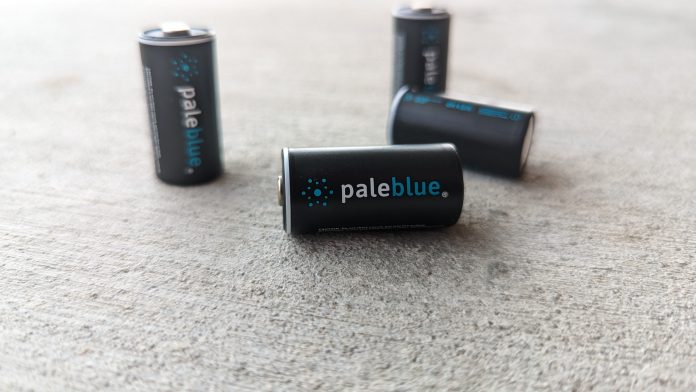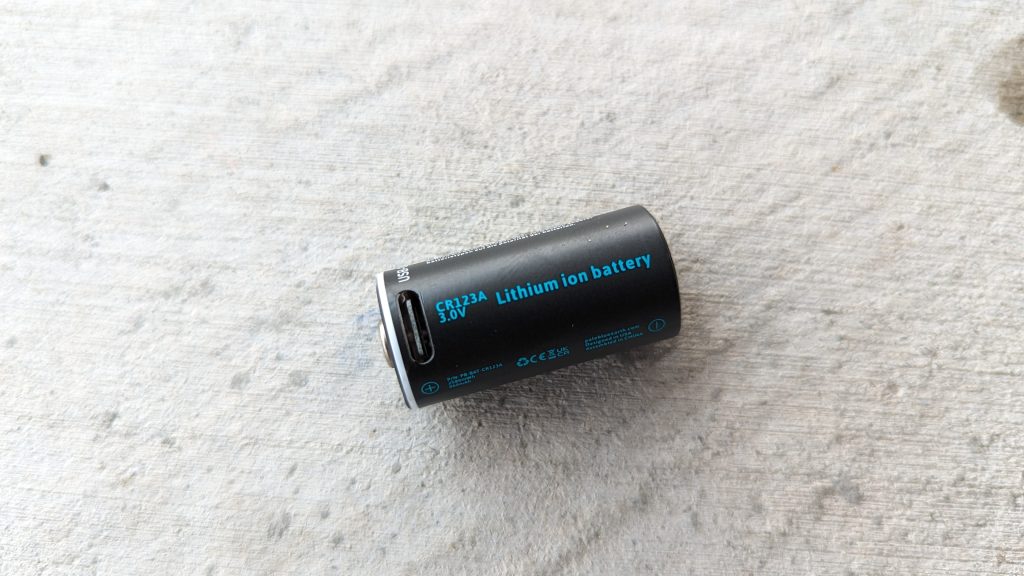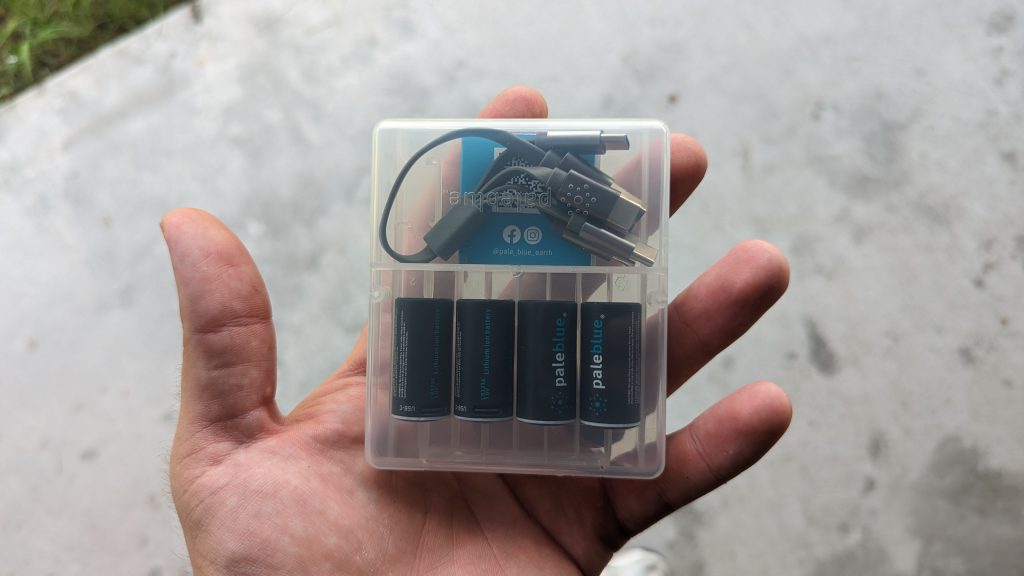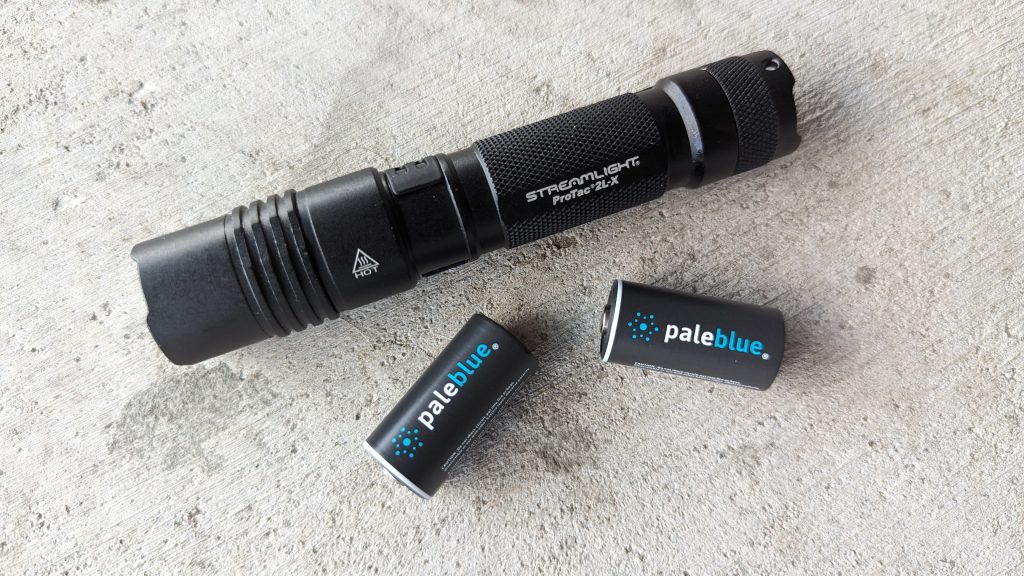
If you are a gun nut, you likely need batteries like you need ammo. Lights, nods, and lasers don’t run on hopes and dreams. The most common type of disposable in the tactical world is the CR123A battery. It’s small, powerful, and modern. They are also expensive. To help cut costs and hopefully keep landfills battery-free, a company called Pale Blue produces rechargeable batteries and only recently introduced a CR123A battery option. With a four-pack running 34.99, it’s easy to see why these can be a great replacement for at least some of your CR123A batteries.
That is, if they work. I have a set of the Pale Blue CR123As and have been testing them quite a bit. The setup they come in is fairly nice, with a plastic carrying case that will tote your batteries and charger. The charger is a multi-head USB-C design that allows you to charge four batteries at a time. It’s a slick setup, and I set out to see if the function can follow form.
The Pale Blue Basics
The Pale Blue batteries are basic 3V batteries that can last at least 1,000 charges. They charge via a USB-A to USB-C charger, so it’s fairly quick, and the lot of them can be charged in about 100 minutes. These are lithium-ion batteries. They have a protection circuit to protect your battery and device so the battery will not overheat.

The main reason the pale Blue batteries interest me is because of the price and cost savings. A pack of Duracell CR123A batteries costs 36 bucks for 12 of them. That equals three bucks per battery. For about the same price, I’m getting four batteries that can be used 1,000 times. That’s a fairly nice cost-saving measure for the flashlights and WMLs.
Do They Work
I grabbed a couple of different Streamlights that I use fairly often. One being a TL RM1 and a basic Protac handheld. I’ve used them enough to know what to expect out of their battery life. I plopped the batteries in and started measuring their life span. I started with the Protac and knew the battery life was three hours, so I ran the light continuously under a stopwatch. It lasted three hours and 17 minutes and predictably had some power loss throughout the testing procedure.

In the TL RM1, I used it in a bit more of a traditional weapon light role. I’ve been doing some low-light dry fire and practicing snapping the light on, firing a shot, and turning it off. I practiced for 10 to 15 minutes a night, working the light intermittently. It wasn’t on the entire ten to fifteen minutes, but it was used heavily. It took two weeks before I discovered a noticeable drop in power as the batteries lowered.
The runtime of the light is about 90 minutes. It’s not bad by any means and seemingly on point with battery life expectations. The Pale Blue batteries put out power and did so well within what we expect from CR123A. What happens if my batteries die in the field?

Owning rechargeable batteries doesn’t mean I can’t keep some disposables on tap to change out. To be fair, I’m not in any field where this would be a lifesaving measure, but for those who are, they are still a valid option.
Getting Pale
The CR123A batteries are perfect for nearly every one of my weapon lights. If you are using something high-power that specifically advises against CR123As, like an OWL, then you should still stick to the recommended batteries. Don’t use these to replace 18650s or 18350s in devices not designed for CR123As.

I don’t think they can make a CR2032 or 2016 rechargeable, but if they did, all my tactical battery needs would be taken care of. Pale Blue has a winner with these CR123As, and I think they are a worthwhile investment.



